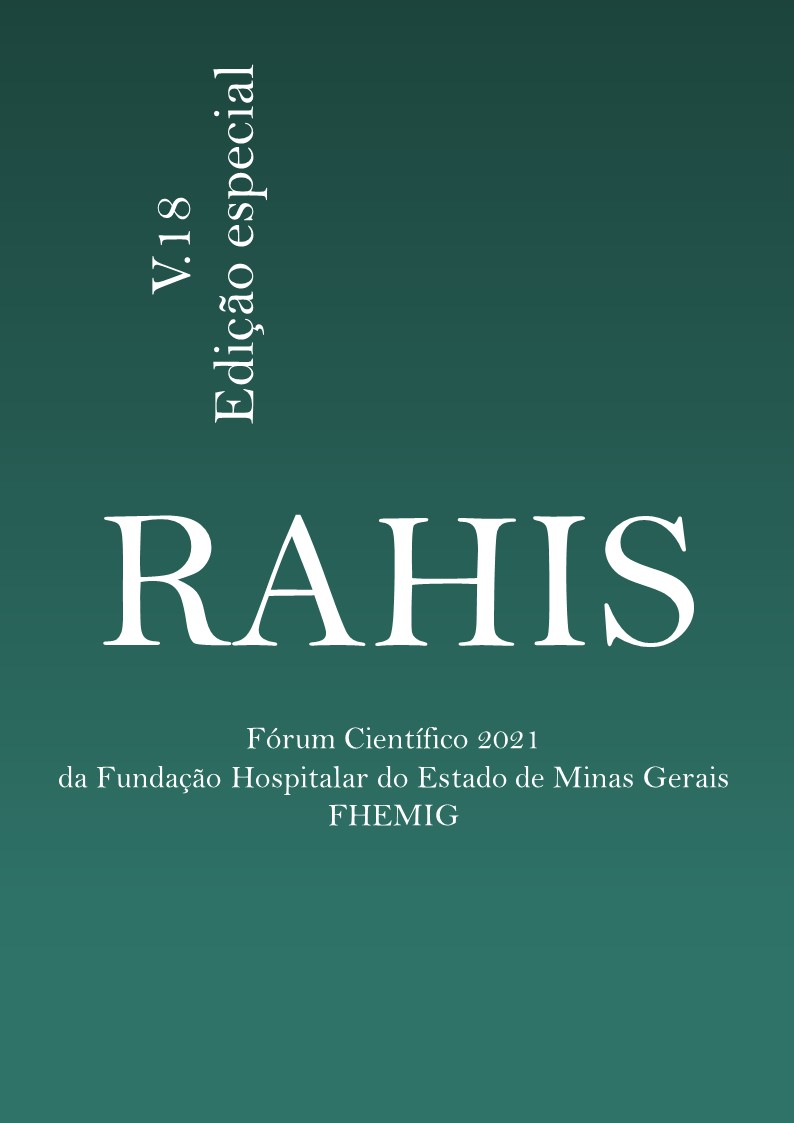Abstract
Introduction: Segmental defects of the mandible can lead to asymmetries and compromise the quality of life. By performing a tomography (CT), the surgeon has the possibility of working with a replica of the region to be operated, helping in the reconstruction of bone defects in the face ¹,². Objective: To present a clinical case of the removal of previous osteosynthesis in bilateral mandible and reconstruction with rigid internal fixation associated with free bone graft, with the aid of a prototype biomodel based on CT. Methodology: This is a case report, in which a partial reconstruction of the mandible was performed using a bone graft free from the fibula. Results: Patient F.A.R., male, 25 years old. Previous history of physical aggression, about 4 years ago, evolving with multiple fractures on the face, requiring osteosynthesis in the mandible with a reconstruction plate. He appeared at the Oral and Maxillofacial Surgery service at Hospital João XXIII presenting an increase in face volume associated with the presence of extra-oral submandibular fistula that had started about 3 months ago. On physical examination, there is a hardened, diffuse increase in volume, pain complaint in the left oral space region, presence of extra-oral fistula in the left parasymphysis region with active drainage of purulent secretion. Face CT shows osteosynthesis material in the frontozygomatic region on the right and the zygomatic-maxillary region on the left, in addition to a 2.4 mm reconstruction plate bilaterally in the mandible. Image examination showed the presence of bone gap in the left mandibular body and periapical lesion associated with tooth 37. The patient underwent debridement, removal of osteosynthesis material and extraction of the 37, followed by partial reconstruction of the mandible using bone graft from the fibula and rigid internal fixation. A prototype model of the mandible was used to plan and execute the reconstruction. On the 4th postoperative day, the patient evolved with a good clinical status and no laboratory alterations. On the 7th postoperative day, the patient had no signs of infection, was discharged from the hospital with guidance, antibiotic and analgesic prescription. After 2 months of follow-up, the patient evolved without signs of infection. Conclusion: The removal of the infectious focus associated with mandibular reconstruction with a free bone graft with the aid of a biomodel proved to be efficient and with good predictability. However, a longer follow-up time is needed to prove its effectiveness. Keywords: Trauma, Biomodel, Reconstruction
